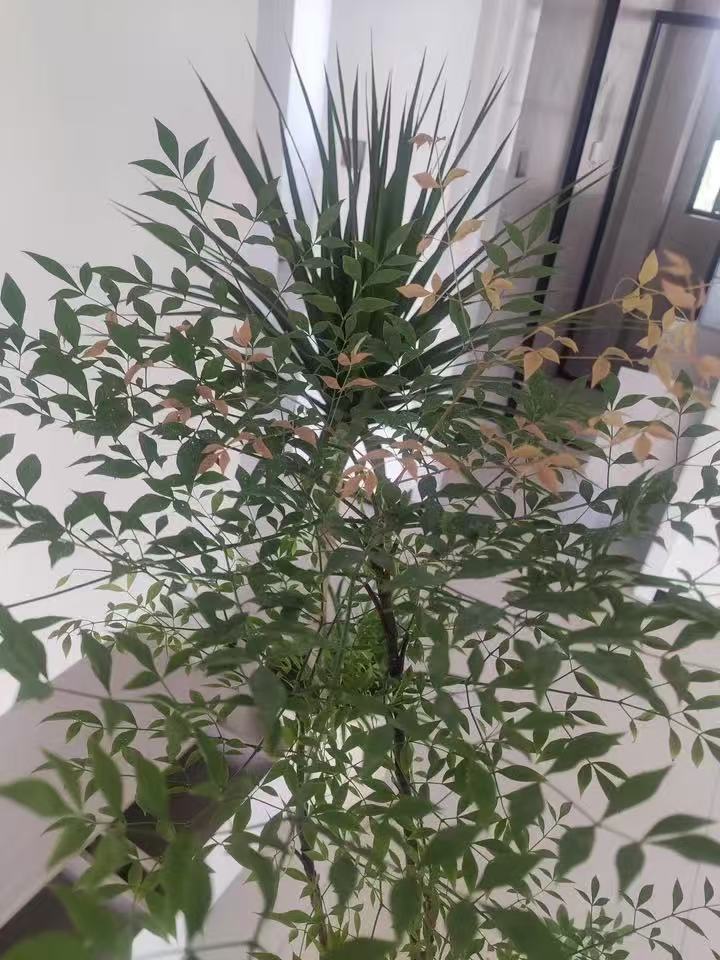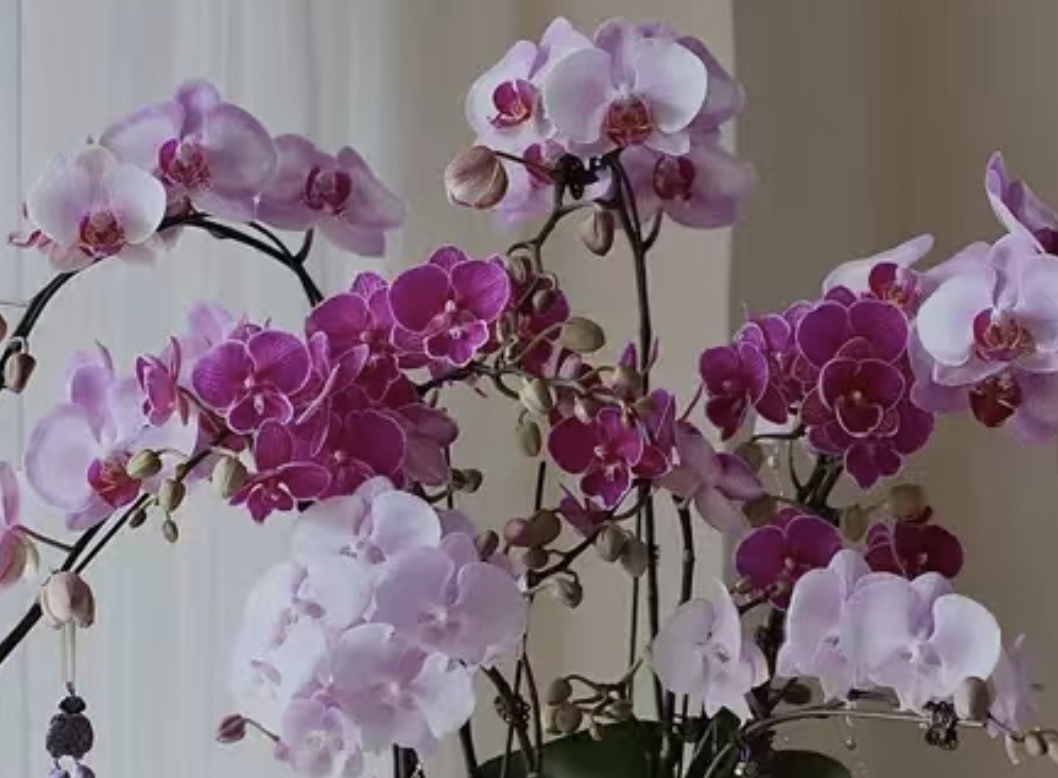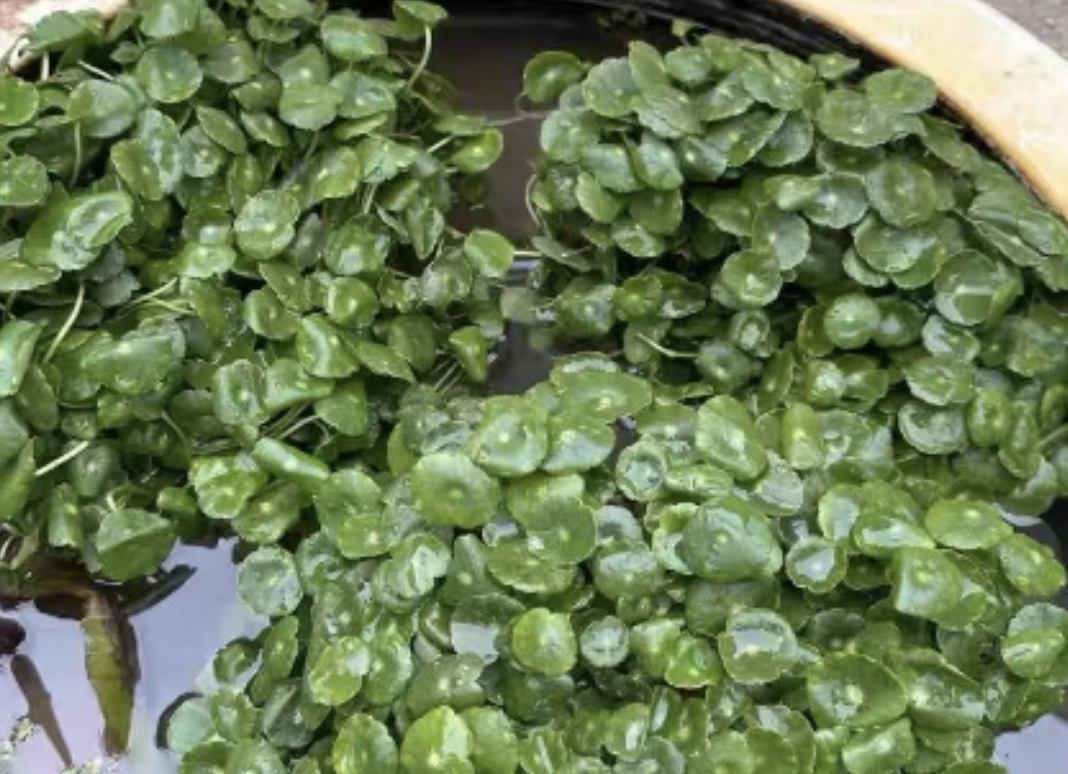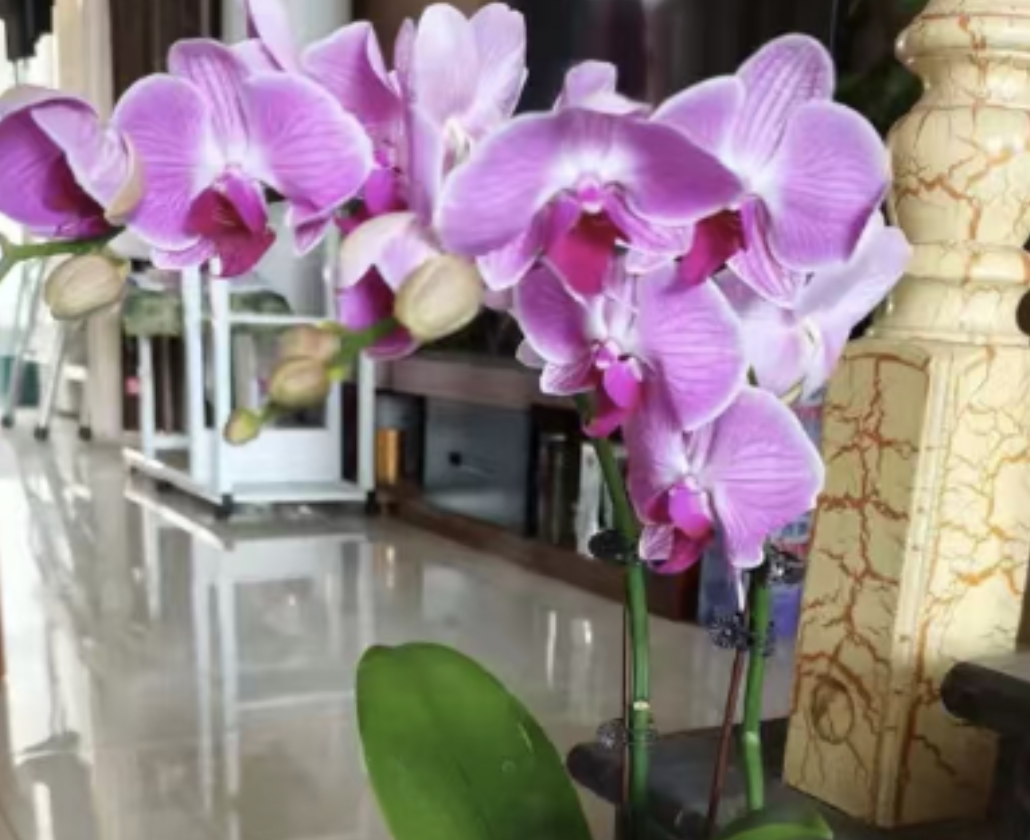Nandina domestica, also known as Tianzhu and Lanzhu, contains various alkaloids throughout its entire plant, such as domesticine, berberine, isocorydine, protopine, etc. Therefore, Nandina domestica is toxic to some extent, especially its fruits, which are highly toxic. Blind consumption of Nandina domestica may lead to symptoms of poisoning such as nausea, vomiting, convulsions all over the body, spasms, and coma. Therefore, when using Nandina domestica as a medicinal herb, it is necessary to strictly follow medical advice and avoid self-medication to prevent discomfort or poisoning.
The roots, stems, leaves, and fruits of Nandina domestica can all be used as medicine, but their respective efficacies and uses vary. For example, the fruits of Nandina domestica are sour and sweet in taste, and neutral in nature. They are attributed to the lung meridian and have the efficacy of astringing the lung to relieve cough and asthma. They can be used to treat chronic cough, asthma, and whooping cough. However, precisely because of its medicinal value accompanied by toxicity, the use of Nandina domestica must be cautious.
Regarding whether Nandina domestica is suitable for indoor cultivation, it mainly depends on the cultivation conditions and the degree of understanding of the plant. Nandina domestica is a light-loving plant with a high demand for light. It needs at least six hours of light per day. Under bright light conditions, Nandina domestica can maintain fresh green leaves and grow vigorously. However, when the sunlight is too strong in summer, it is necessary to provide appropriate shade to avoid leaf burns.
From the perspective of temperature, Nandina domestica can survive when the indoor temperature is controlled between 0 and 10 degrees Celsius in winter, but the optimal growth environment is 15 to 25 degrees Celsius. Therefore, in colder areas in winter, special attention should be paid to temperature control when cultivating Nandina domestica indoors to ensure the normal growth of the plant.
In addition, Nandina domestica likes a humid environment. Water mist can be sprayed on the leaves and the surrounding area regularly to increase the air humidity. However, watering should be moderate to avoid root rot. At the same time, Nandina domestica requires a well-ventilated environment, and it should be avoided to place it in the bedroom at night to avoid affecting air circulation and sleep quality.
However, although Nandina domestica can be cultivated indoors under suitable conditions, it should be noted that the entire plant is toxic, and the fruits are highly toxic. It must be carefully maintained to avoid accidental ingestion. Especially for families with children and pets, it is necessary to strengthen supervision to ensure safety.
The entire plant of Nandina domestica is toxic. When using it, caution must be exercised, and medical advice should be followed. When cultivating Nandina domestica indoors, attention should be paid to conditions such as light, temperature, humidity, and ventilation to ensure the normal growth of the plant. At the same time, due to the toxicity of Nandina domestica, it must be carefully maintained to avoid accidental ingestion and contact. Therefore, for those who are not familiar with the cultivation and management of Nandina domestica, it is recommended to cultivate it outdoors or in a sunny place with good ventilation to ensure the health of the plant and human safety.
Is Nandina domestica toxic?

Share with
Tagged in :




Leave a Reply